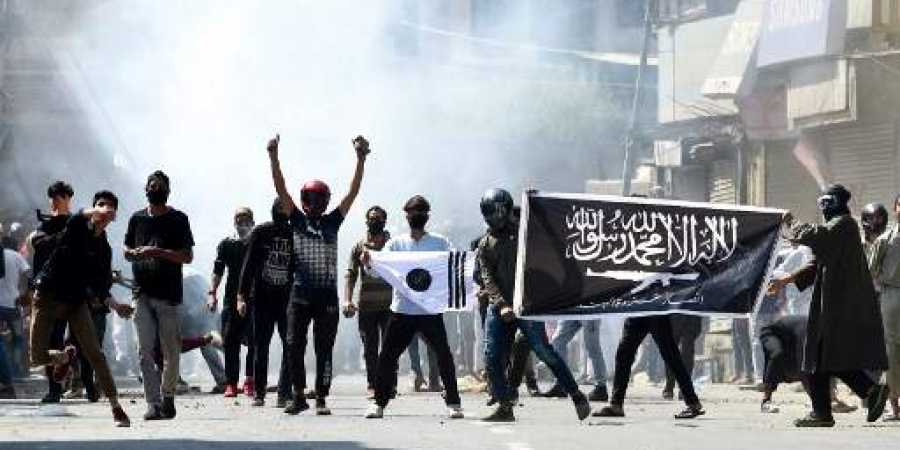
SOURCE: SUNDAY GUARDIAN LIVE
Efforts at indoctrination of Shia youths have emerged as the new focus points for the Central intelligence agencies. Recent assessment carried out by ground-based assets, have found that the Shia youths of Kashmir, though the number of them who are actually taking up arms is low, are increasingly being contacted to identify themselves with the separatist struggle and are sought to be tutored into developing anti-India sentiments. The majority of the Shia population is based in the Kashmir valley, Kargil and Ladakh.
One of the reasons for this, as per officials, is that Iran’s Khameinists, in competition with Saudi Arabia, have funded new mosques in Kashmir that are propagating a “hard” version of Islam which is totally different from the Sufi way of Islam that is prevalent in the valley and in Kargil and Ladakh.
The youths from the Shia community, who mostly live in lower level of socio-economic environment may gravitate towards the “resistance” that is taking place in the Middle East as a result of which Kargil might emerge as a trouble spot in the near future, the assessment, accessed by The Sunday Guardian states.
“It is increasingly becoming clear that the Shias of Kashmir are very sensitive to what is happening in other parts of the world. Protests were witnessed in the Kashmir and neighbouring region when Pakistan arrested a Shia cleric (Sheikh Mohsin Ali Najafi in November 2016) and when Saudi Arabia executed dissident Shia cleric Shaikh Nimr-al Nimr (in January 2016). Iran is using its influence for rallying support of Shias, who are outside Iran, for its geo-political objectives by terming its action as an exercise towards “Muslim unity”. While the Iranian government is restrained in its views when it comes to India’s internal issues, its supreme leader Ayatollah Khamenei does not have any such restraint. Khamenei has influence among Shias of Kashmir, especially Kargil, and has issued statements in support of Kashmir ‘struggle’,” an official said. According to another official, who is present on the ground, the younger Shia generation may be influenced by Shia resistance literature. “Translated versions of Iranian and Lebanese resistance are very popular among the young Shias of Kashmir. The theory propagated by Khamenei, in which he has divided the world into two groups, oppressed and oppressors, has made a deep impact here,” the official stated.
The officials are worried that if the hardline propaganda continues, the Shia youths may take up arms. “Khamenei has called the people of Kashmir, along with Bahrain and Burma’s Rohingyas a part of the axis of resistance. Tehran is encouraging this axis to fight for Shia militia and other groups in the Middle East”, he said.
“The on-ground propaganda by Iranian religious scholars through video and audio messages, religious literature is very limited in the valley, but they are prevalent enough to gain traction among the youths in Budgam, Kargil and Ladakh.
These propaganda materials and funding are not being given enough importance by local intelligence agencies and hence are gaining popularity,” the official said.
However, the local government is trying to keep the Shia population from becoming a part of the armed conflict in Kashmir and the surrounding region by giving them more representation in the political and economic activities. Overall, this strategy is working.






